At 7:41 a.m. on Sunday, September 24, 2023, an impressive group of scientists gathered at the Eureka County Airport to record the sound waves caused by the returning capsule from the OSIRIS REx that was launched into space some six years ago. The mission of the OSIRIS was to gather a sample from Bennu, an asteroid considered “near” Earth, a mere 480,000km or 298,258 miles away. Yes, we can almost feel the breeze of this asteroid as it goes by Earth every 1.19 years.
To say this was an exciting event would be a huge understatement. I was lucky to meet Physicist and Planetary Scientist Elizabeth A. Silber, Ph.D., and Michael J. Fleigle, an Electromechanical Technologist from Sandia National Laboratories, and several other brains who gathered from near and far to set up equipment to wait and watch.
The capsule went over us at an amazing 26,000 miles per hour, leaving in its wake a few distinct sonic booms and a slight streak in our early morning, clear, blue Diamond Valley sky. One of the guys did capture it on video and was very excited, as were we all. I did not see it, but I heard it, and I have to tell you the excitement of these wonderful scientists was palpable and contagious. In short—it was really, really cool to witness this event. Along with the scientists and me, Jan Romero from Eureka made the early morning trip to the airport.
To give you a feel for what happened. First, everyone was told to put their phones on silent. There was some nervous joking that nobody wanted to be “that one guy” who would mess up this once-in-a-lifetime event.
The equipment setup was so precise that for five minutes before the flyover time and fifteen minutes afterward, we all stood outside in complete silence. Sixteen people stood like statues, occasionally silently looking up, but all ears were tuned into the quiet. Waiting. And then we were gifted with the sound of a distant, very light boom that seemed to me to come from south of where we were. Then, as we stood there longer, another 2-3 minutes later, we got another double boom-boom from directly overhead as the capsule re-entered Earth’s atmosphere some 6000km above us. It was moving faster than the speed of sound, which caused the sonic booms we heard.
All this because a capsule the size of a small doghouse was zooming towards Earth. When we all moved and started to “hurray,” and the congratulations were going around, I asked when the capsule would land. I was told that as we stood there, the thing had probably already landed somewhere at Dugway Proving Ground in Utah. It's amazing to think it was already on the ground some 400+ miles away, as we had just heard it go over our heads.
I had a few minutes to talk with Elizabeth. She was very kind in answering what I would assume were, to her, such elementary questions. I asked how much asteroid this mission was bringing back. She told me it would be about a handful of dirt never before seen by man. Just think of that. I asked how it was gathered. She said the spacecraft Osiris first had to catch up to the asteroid, then it sent down what she called “a foot,” which, when it touched the asteroid, the slight impact caused a poof, like a boot in the dust. Those articles of debris were what were collected and were on their way back to Earth.
She also told me that Eureka was in the exact perfect spot for the flyover. The group had been in Eureka for most of the week, placing listening and recording equipment across Diamond Mt. on Strawberry Road to capture as much information as possible. In the world, or space world, this was a big event that had been in the making for many years and many dollars.
We also discussed the upcoming October 14 lunar eclipse. As she is from Albuquerque, New Mexico, she expects to be able to see that amazing celestial event as we will here in Diamond Valley, especially because both places do not have light pollution to interfere with the sights of the eclipse.
Along with a previously returned sample of the asteroid Ryugu from Japan’s Haygbusa2 mission, the rocks and soil coming back from this asteroid could reveal key information about the beginning of our solar system. Scientists believe that carbonaceous asteroids such as Bennu crashed into Earth early during the planet’s formation, delivering elements like water. This brings me to the next interaction I had with these visitors, with science as their most vital focus.
As we were in the airport office waiting for things to happen and I was talking to these amazing men and women, I (because my mind is an inquiring one and I have no shame) asked this, “Okay, who here believes in God?” Oh, my stars, you could have heard an asteroid drop. Not one word was uttered. Not one. I have never felt so out of place, but at the same time very comfortable in knowing that no matter what the beliefs are among my new friends, it was the science that brought us together.
I read a quote from Dante Lauretta, the mission’s principal investigator, who reported, “We’re literally looking at geologic materials that formed before the Earth even existed.” Lauretta went on to say, “I call these the grandfather rocks, the ones that really represented our origins and where we came from.” From my Trina standpoint, that is not what I believe. But! The cool thing is that no matter which way we all believed, what brought us together was to experience something that brought a piece of the heavens back to Earth. What secrets will that poof of dust from a rock zinging through space and time have to share with us?
To read Elisabeth’s very interesting paper on this subject and mission, go to: https://www.mdpi.com/2073-4433/14/10/1473. It is well worth the read.
For more on the OSIRIS REx and the NASA testing in Eureka during re-entry, check out https://www.thefallonpost.org/article/5327.


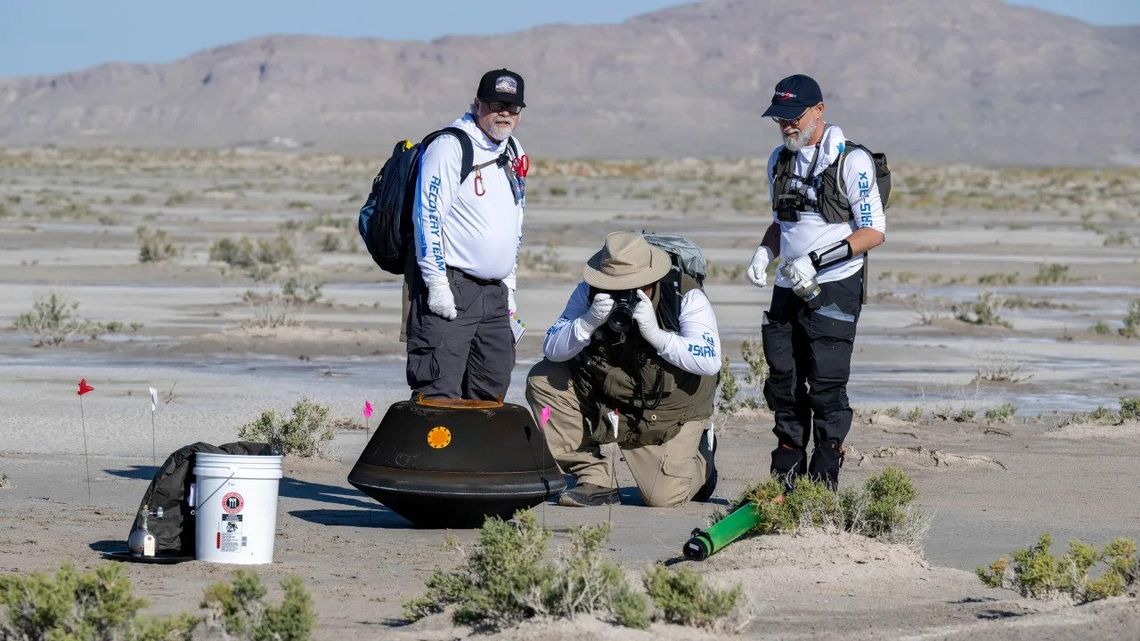
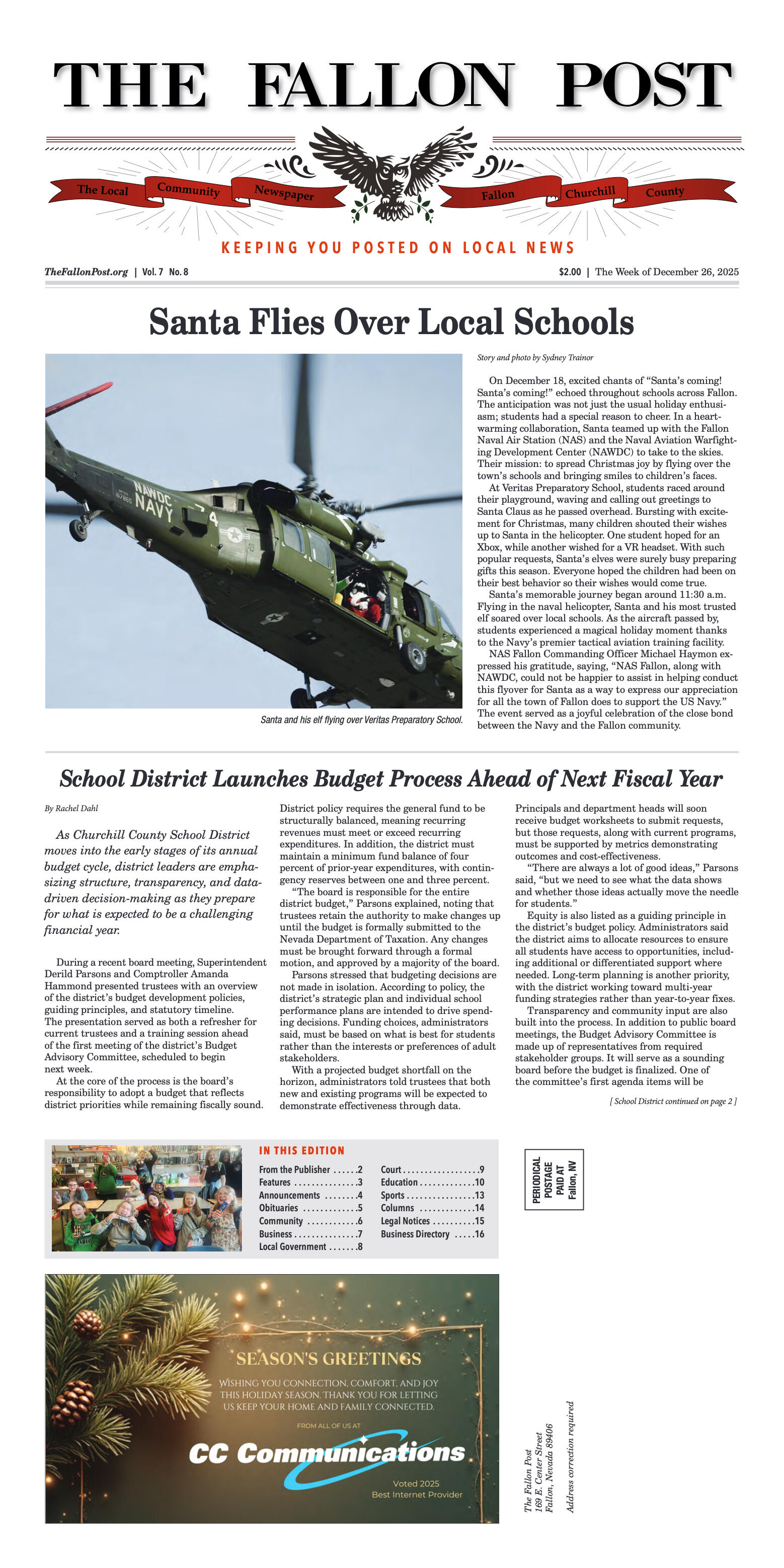
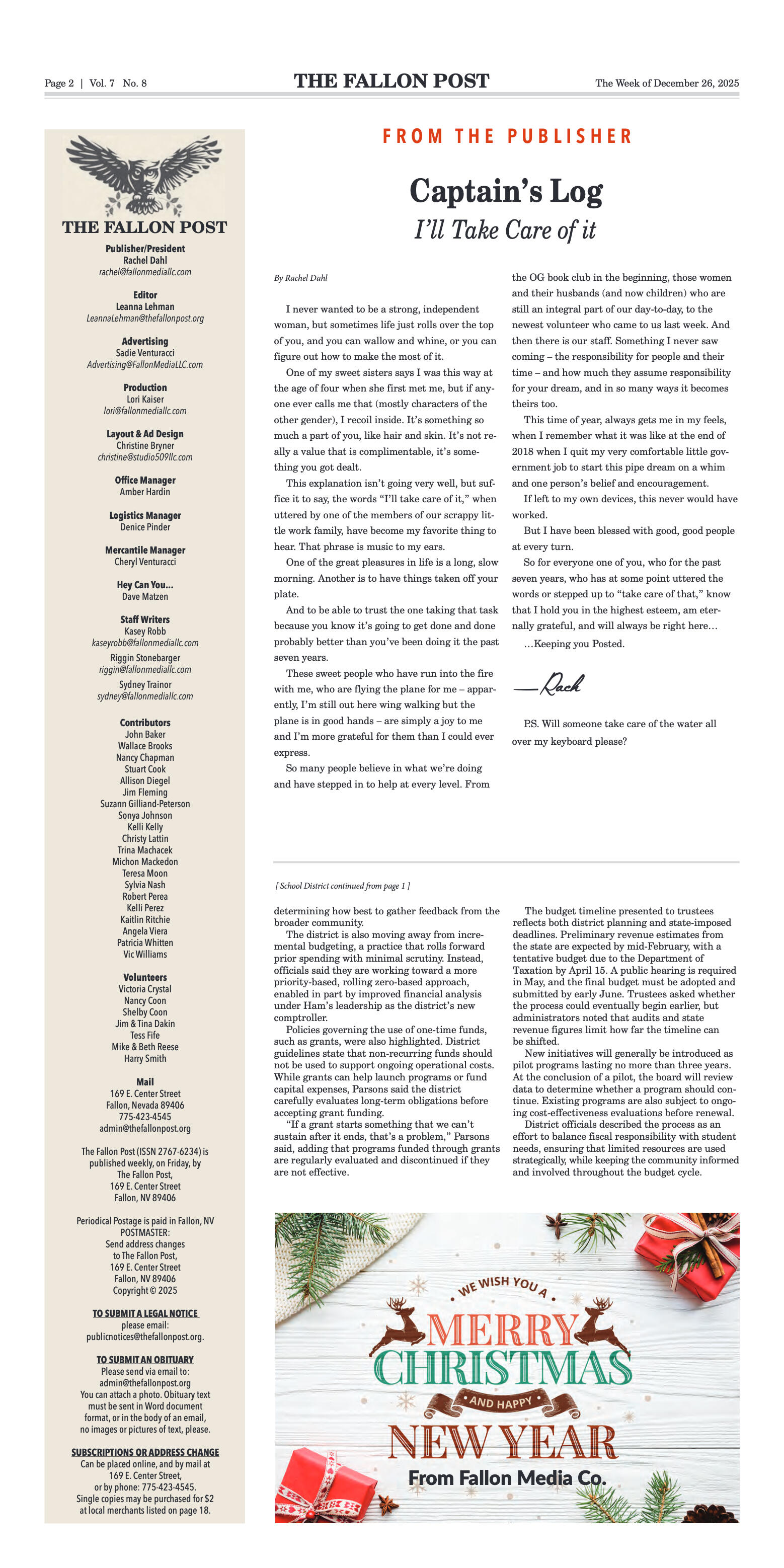
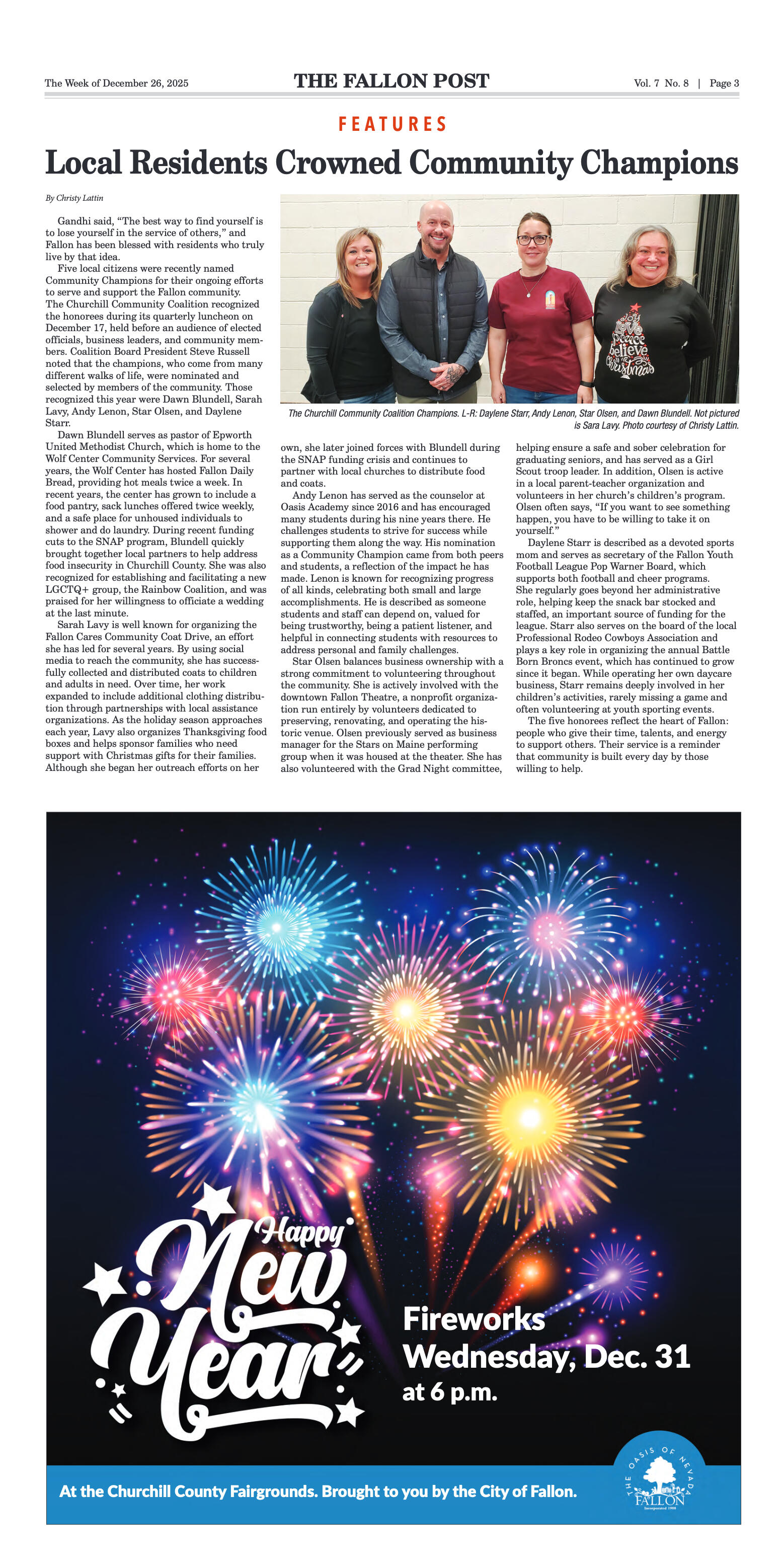
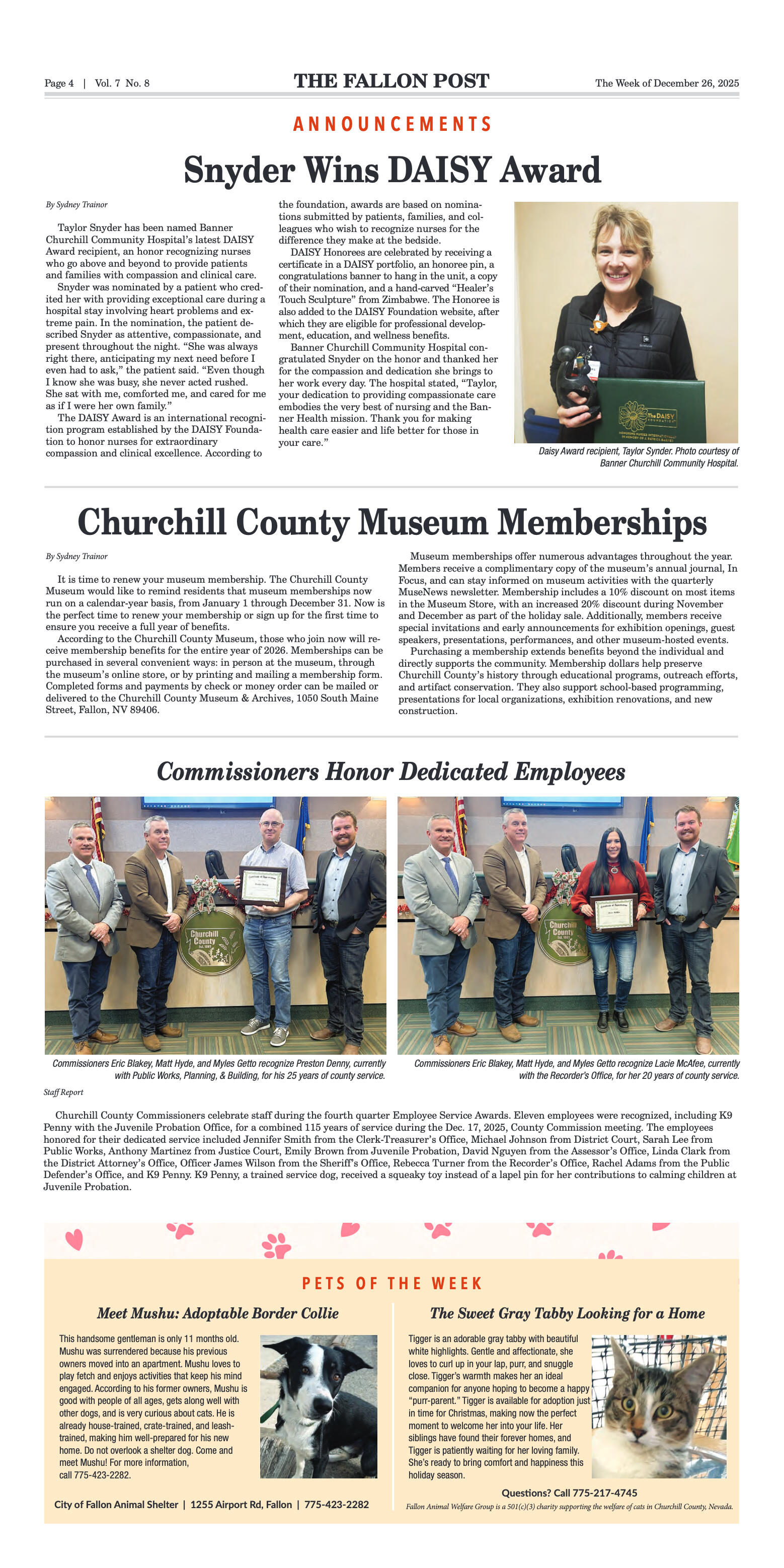

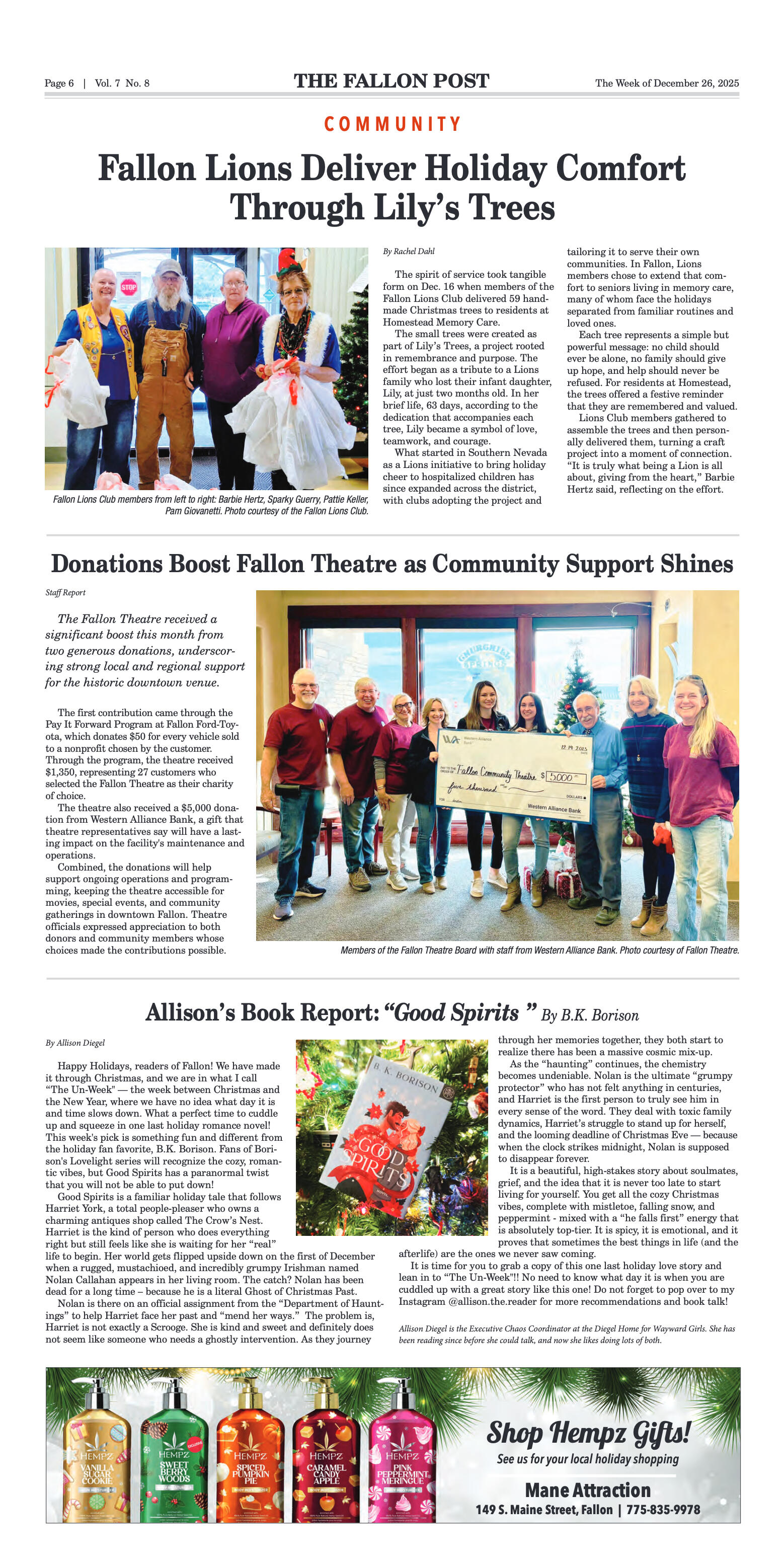
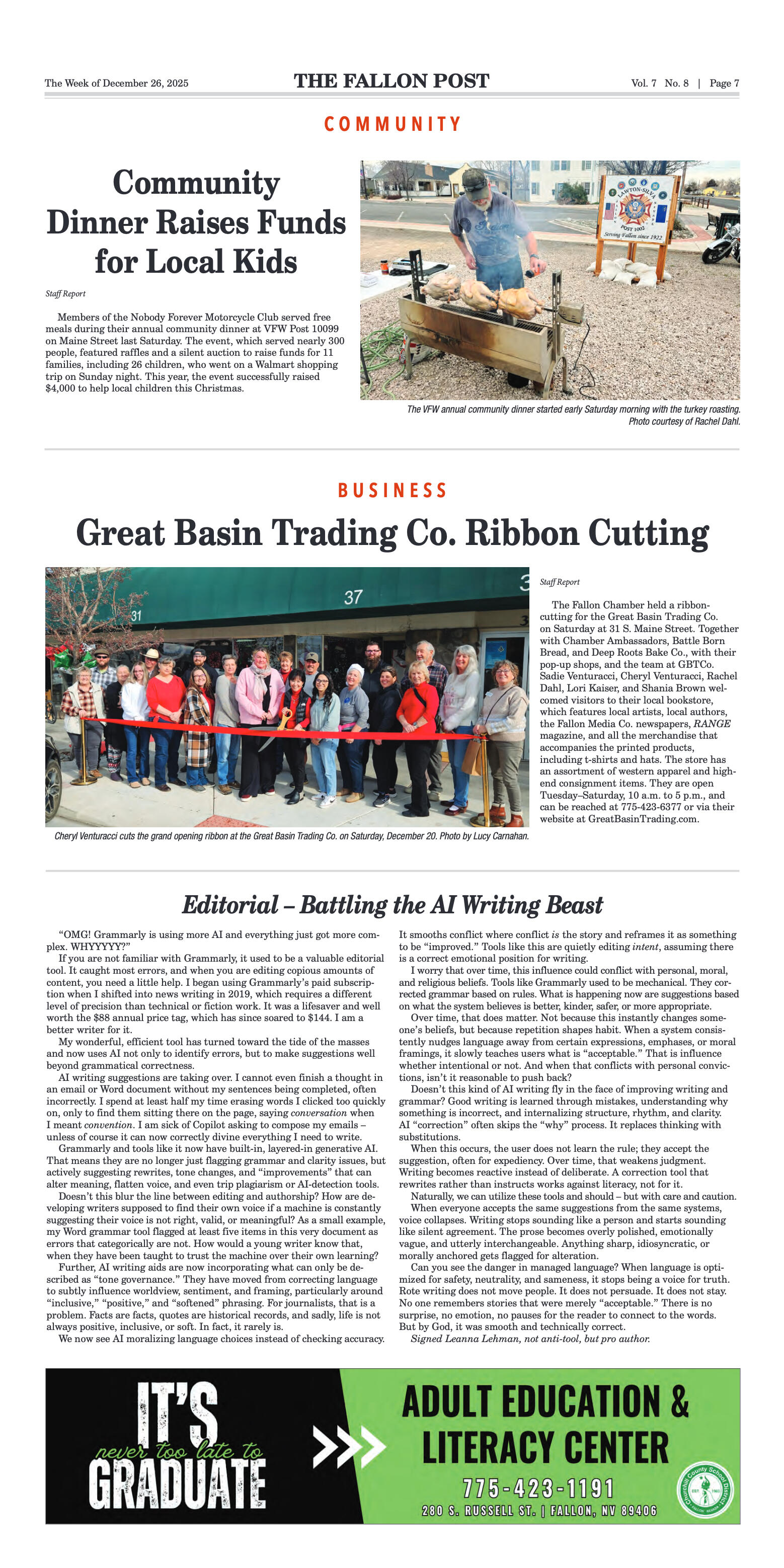
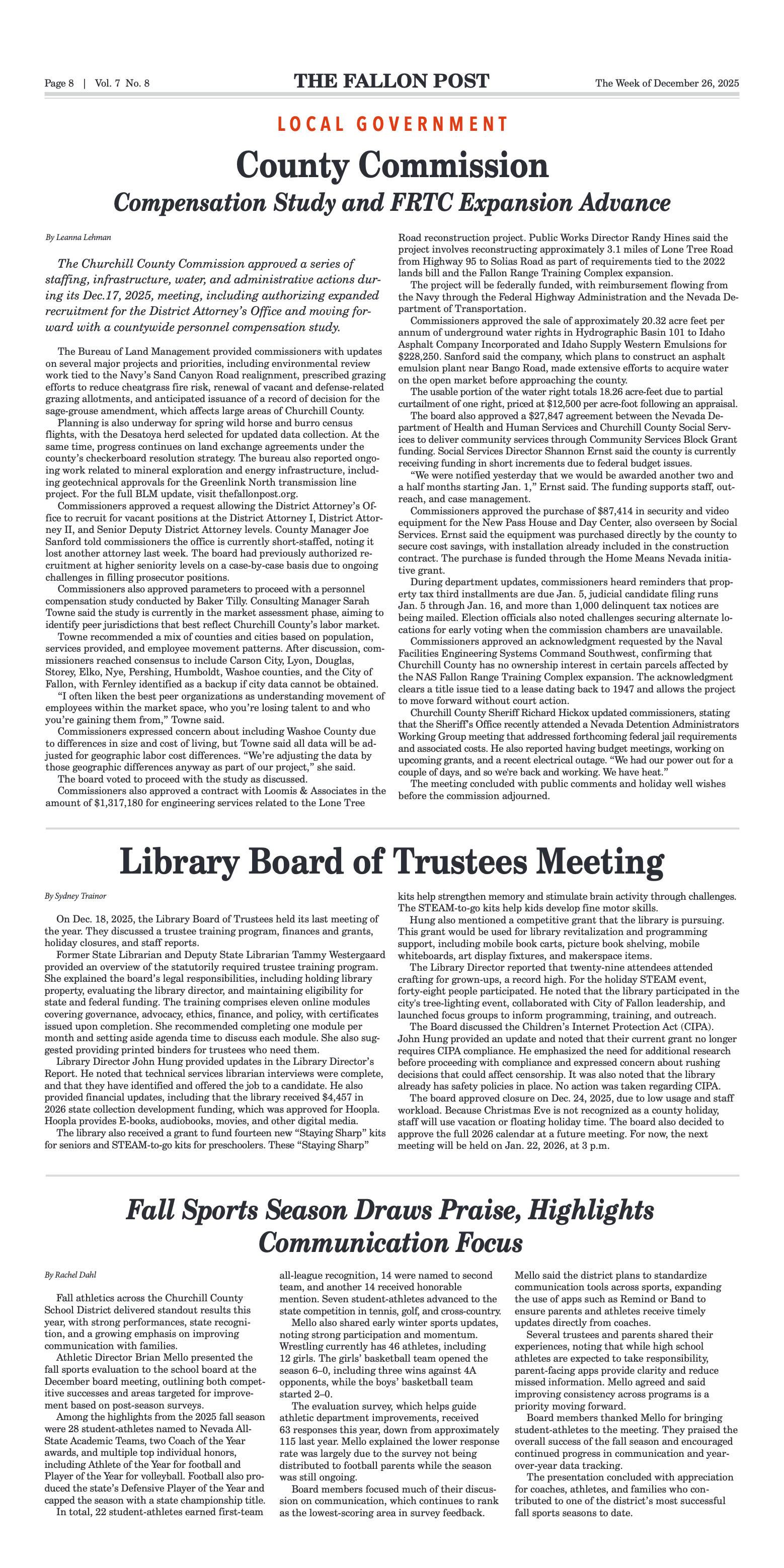
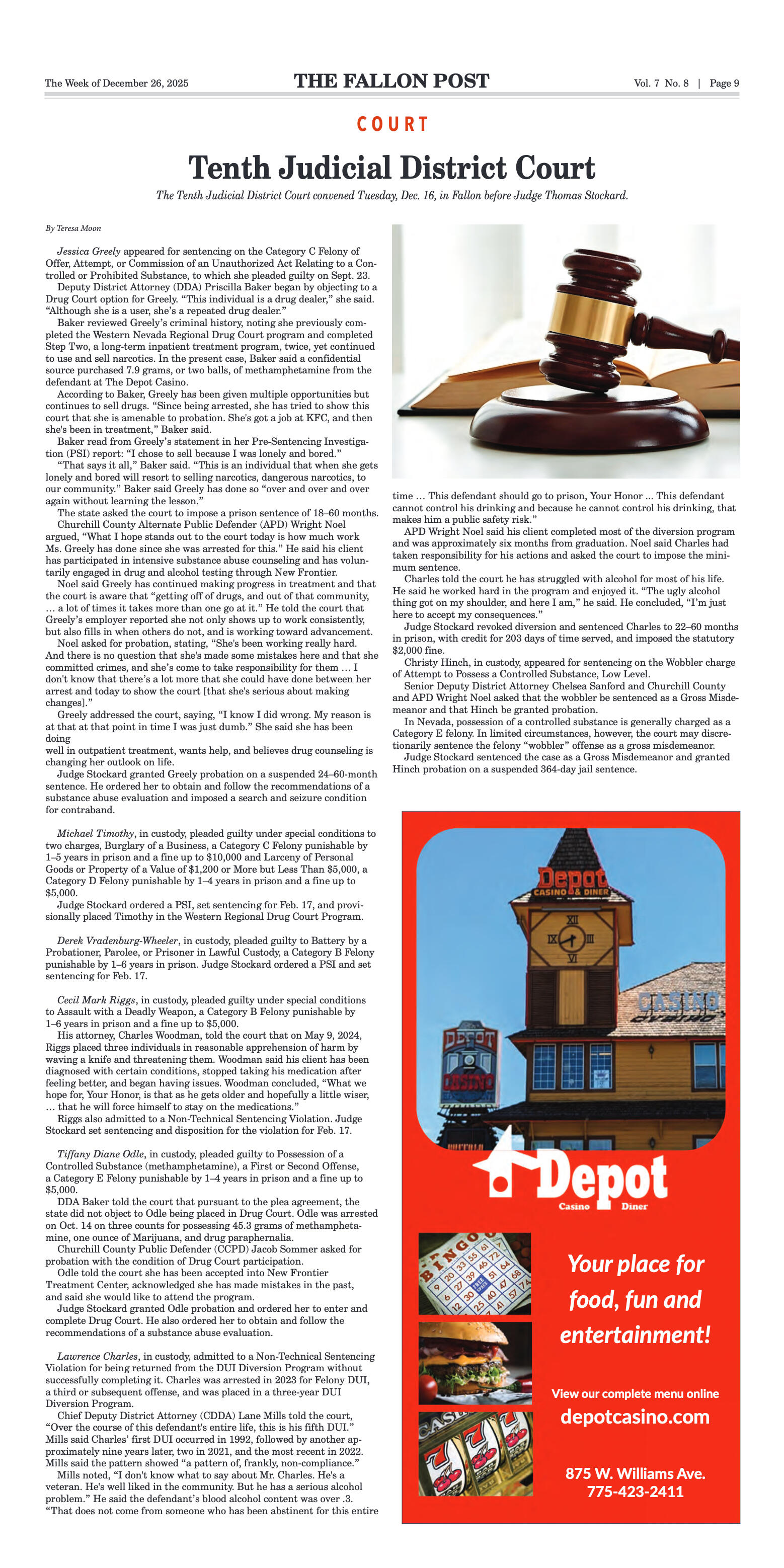
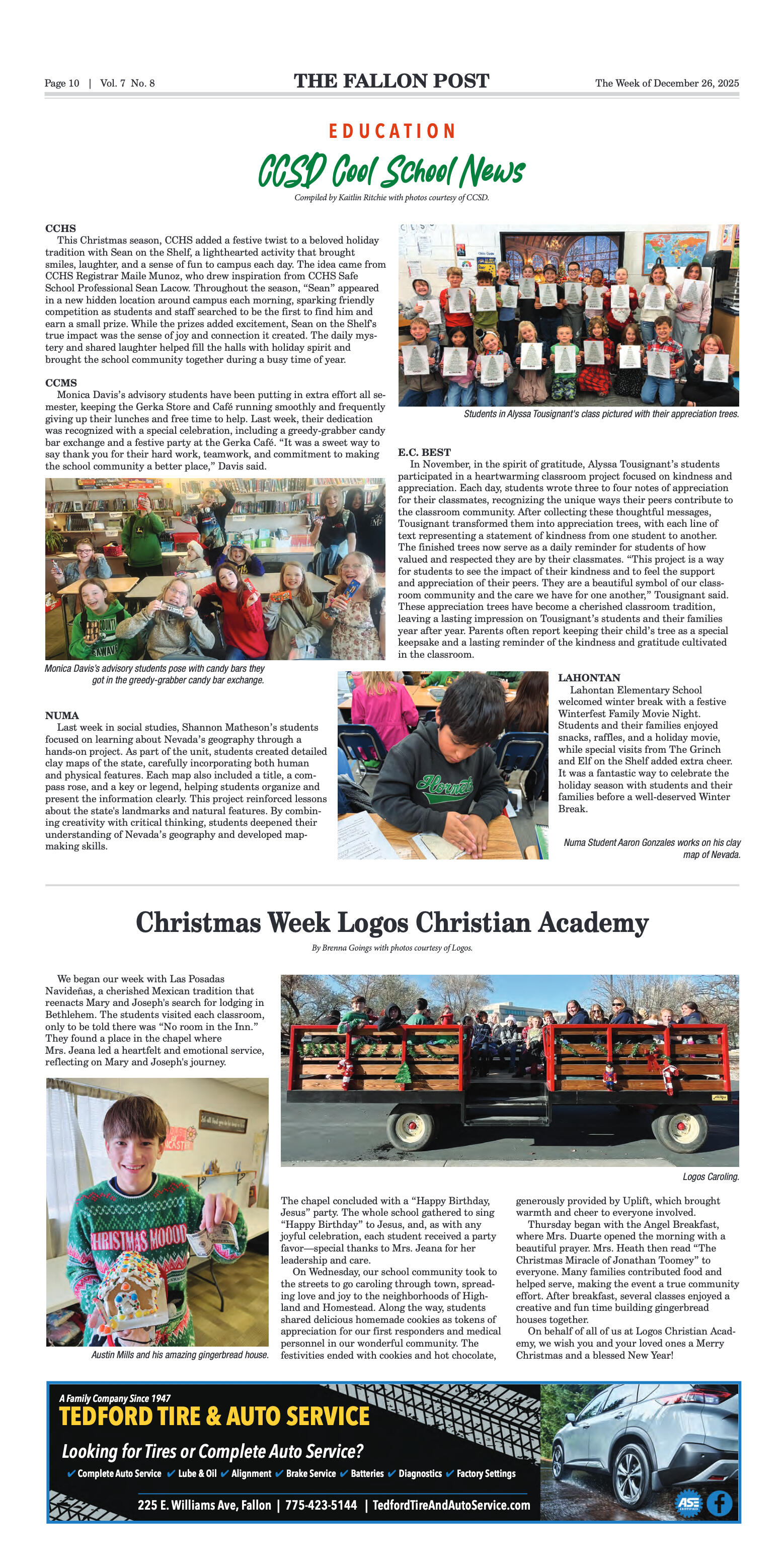
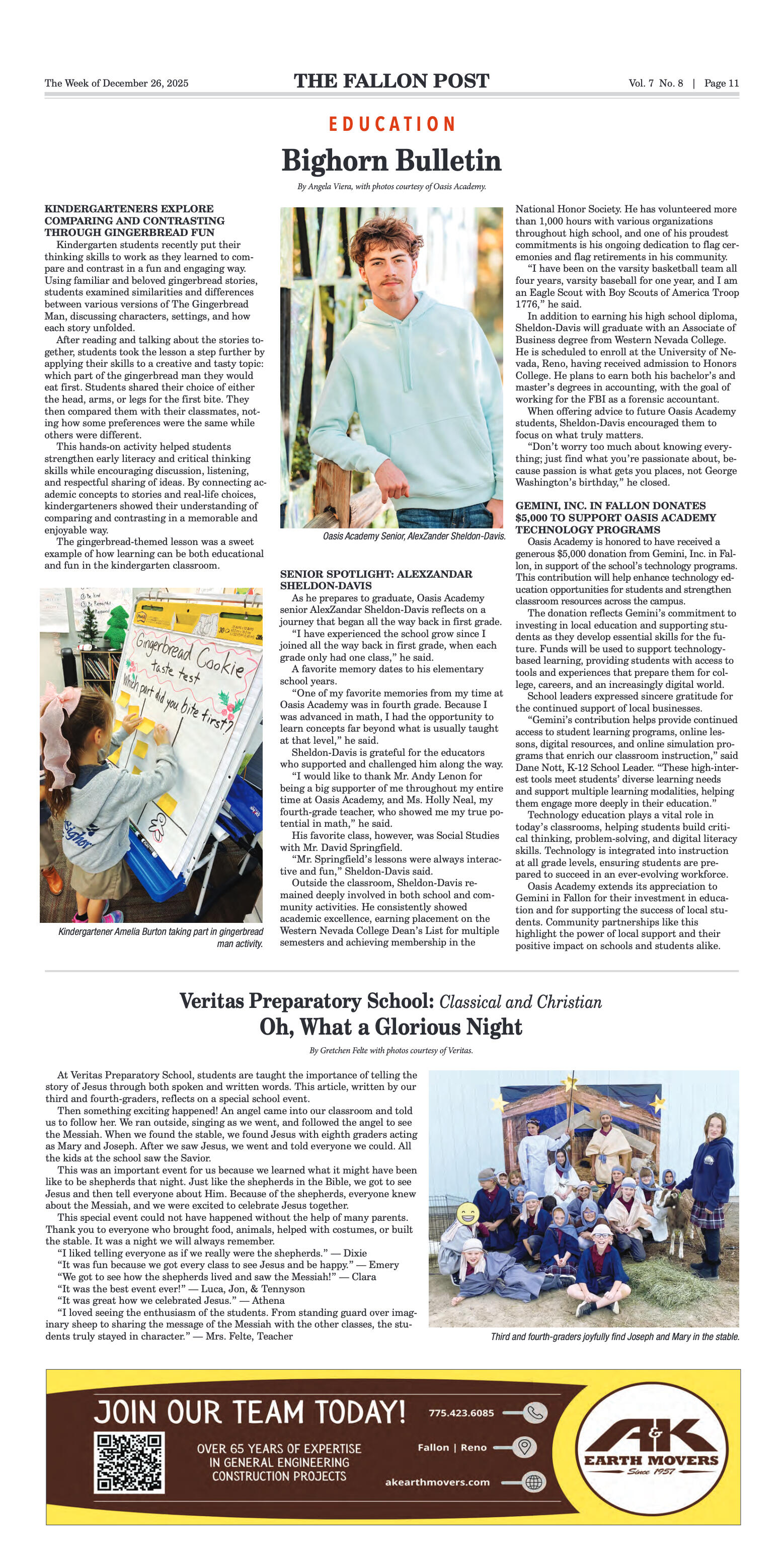
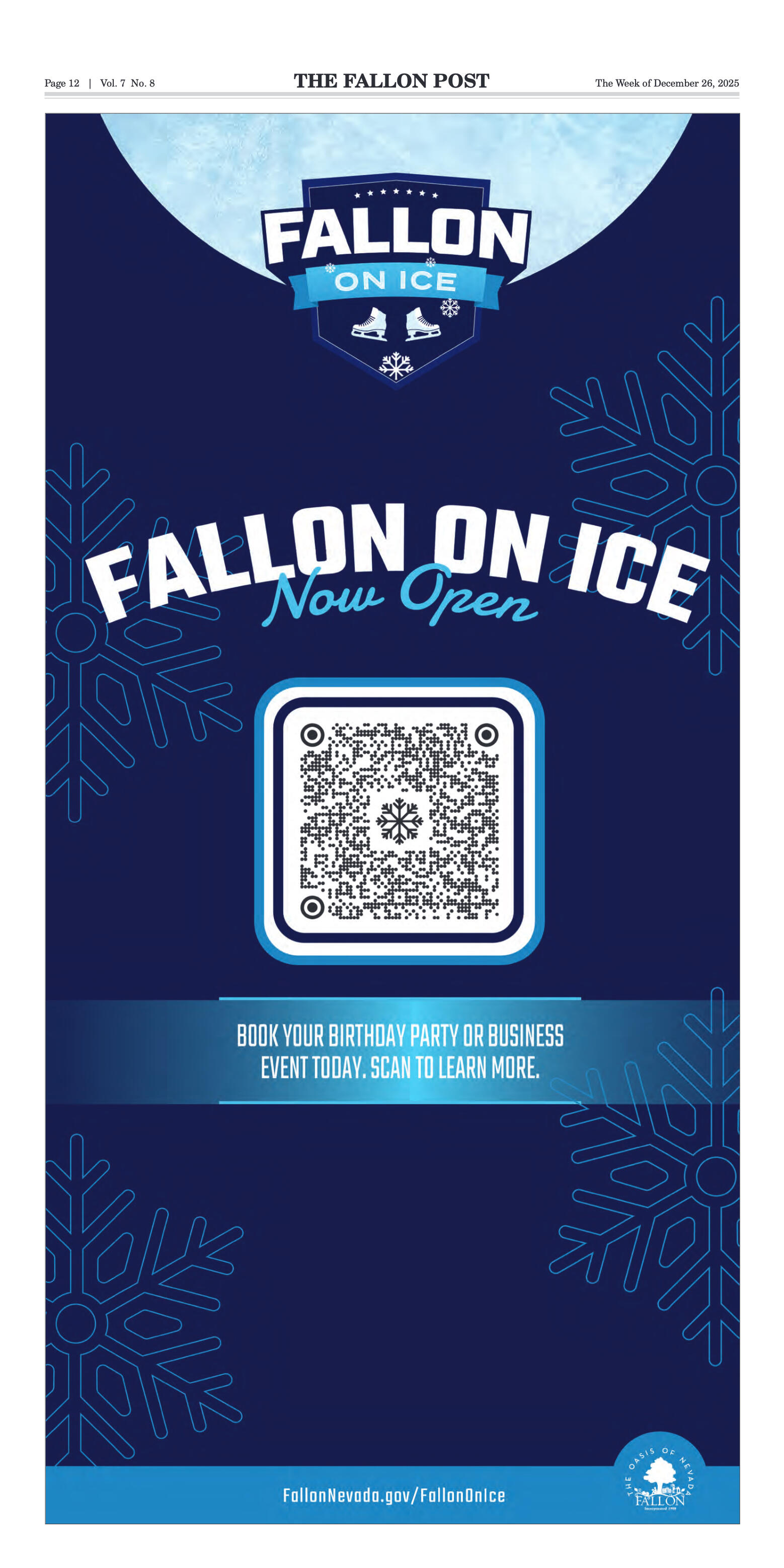
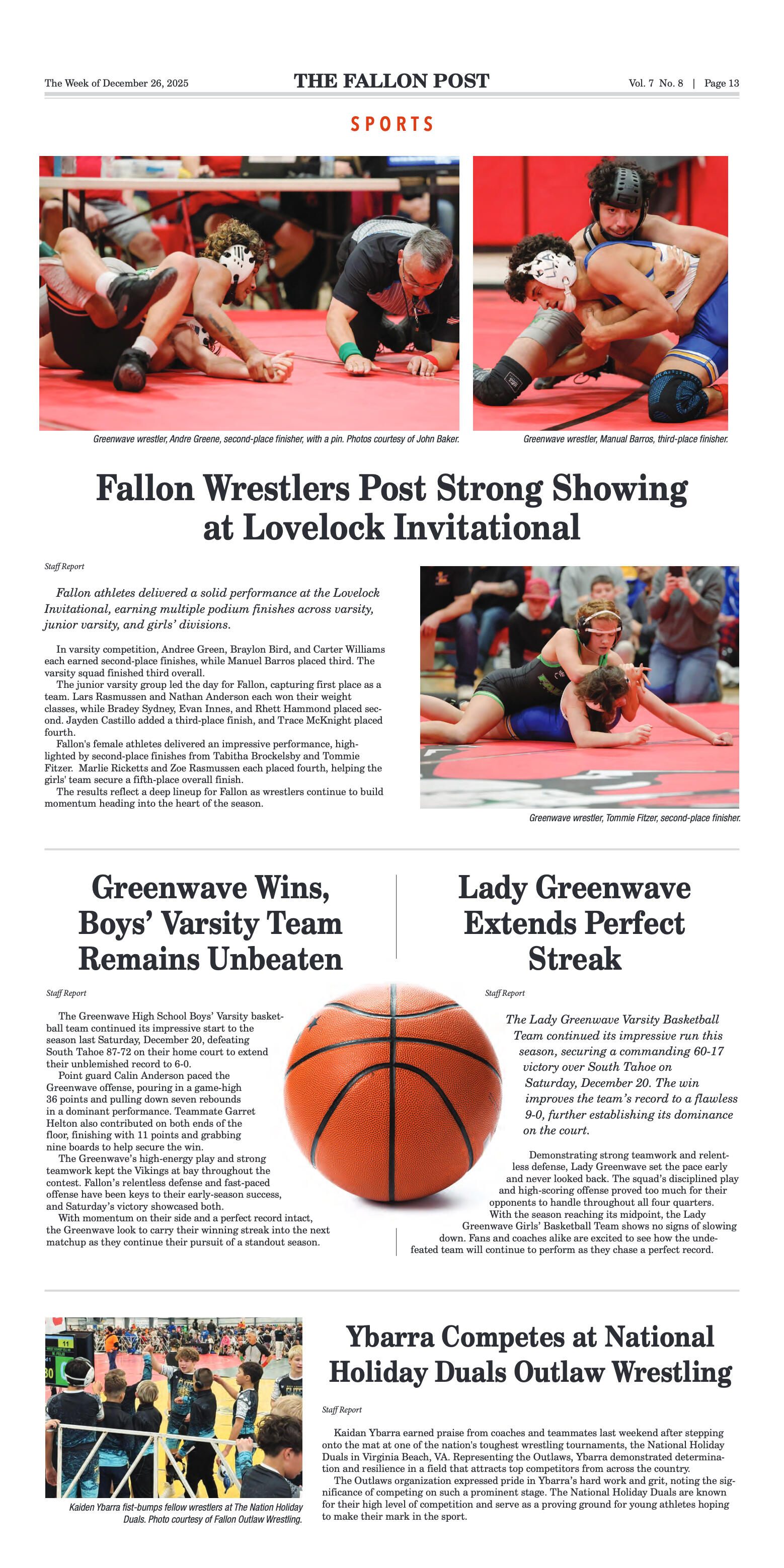

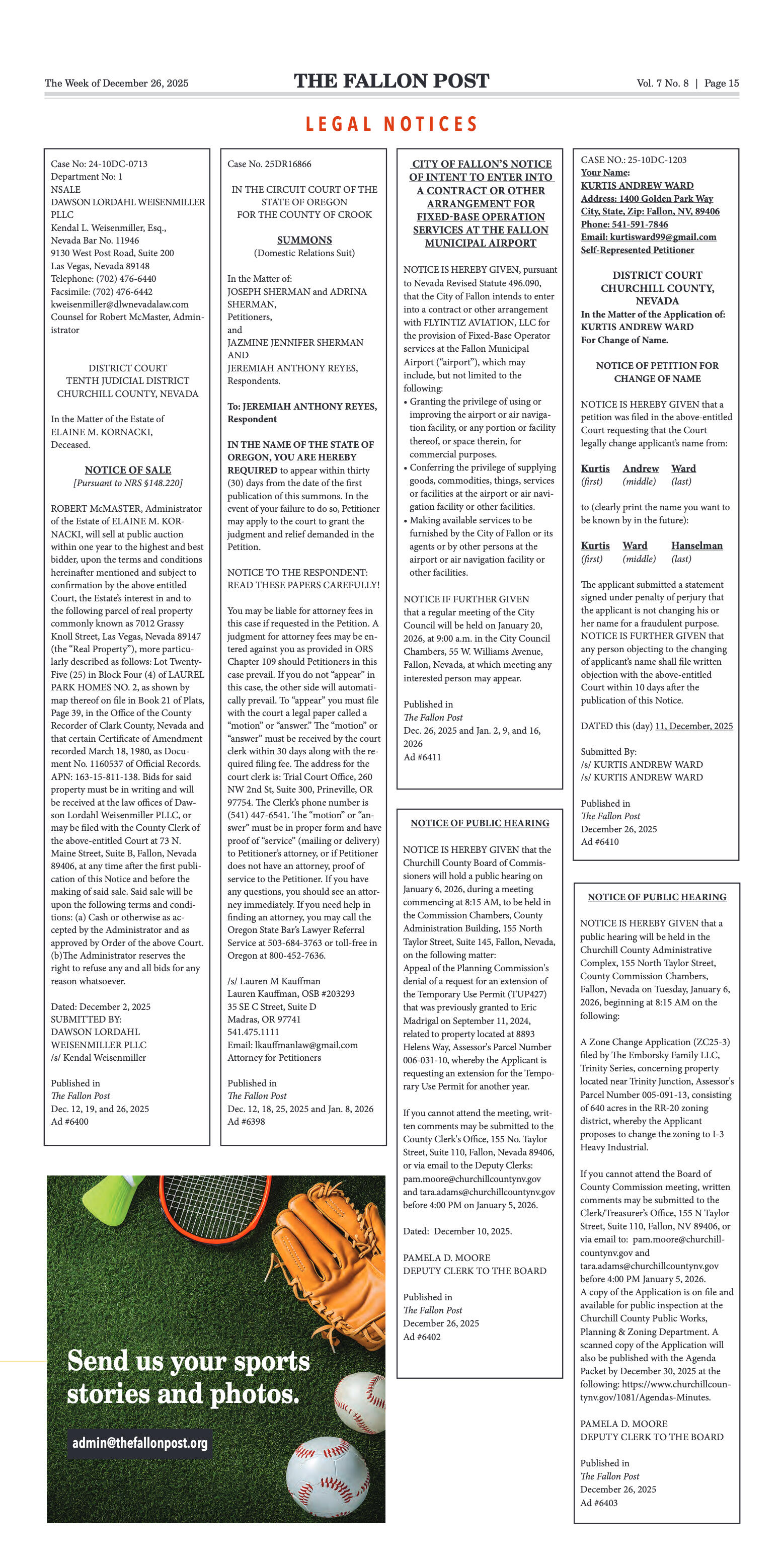
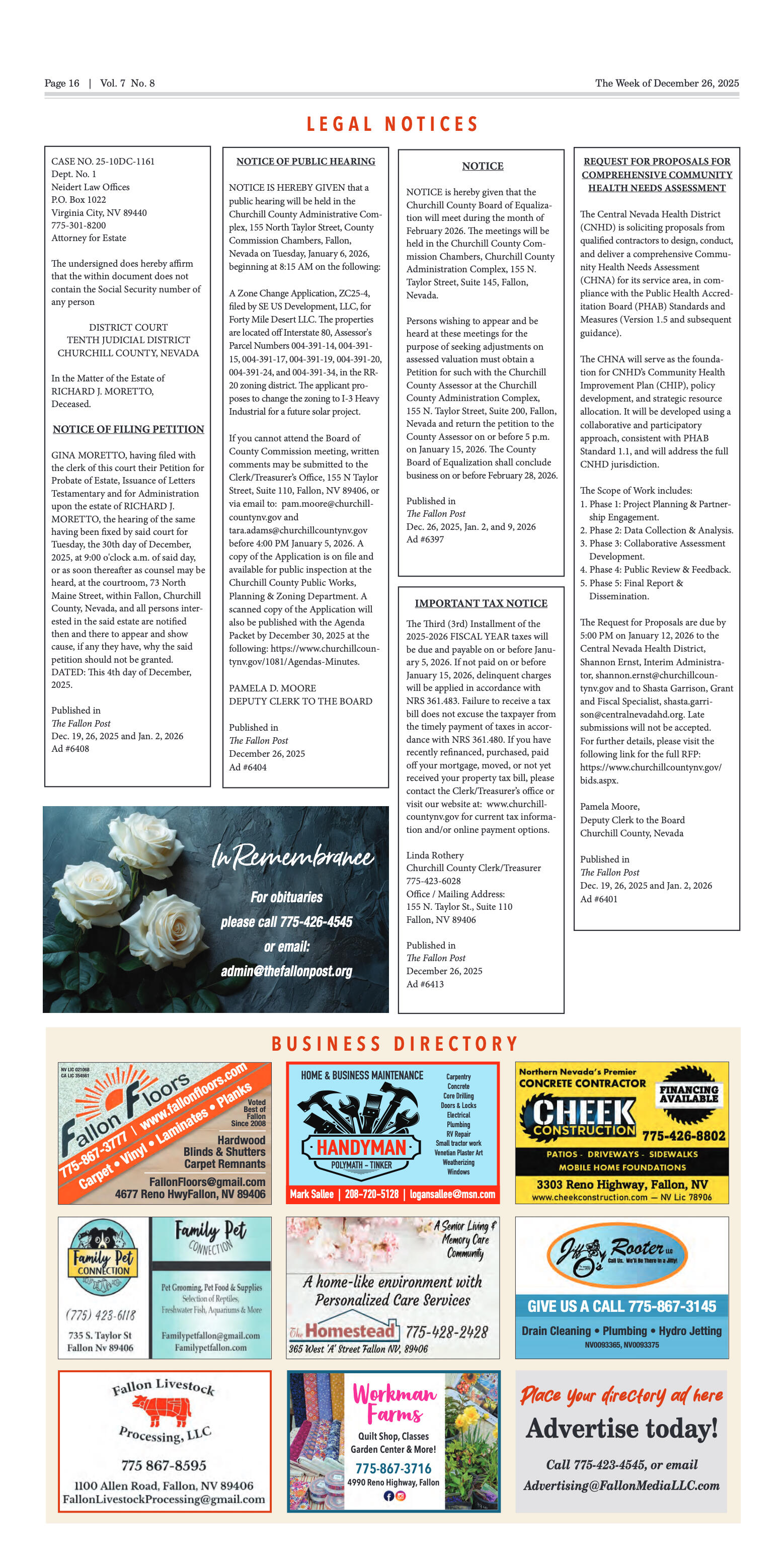




















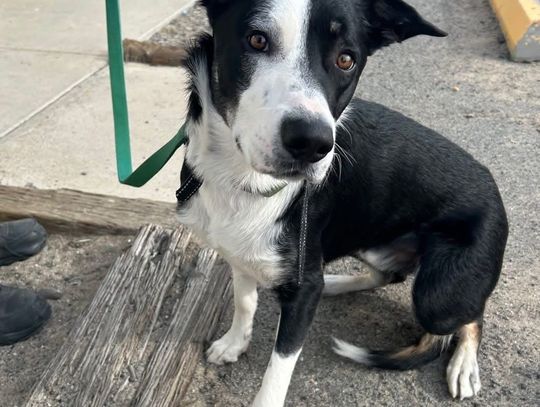
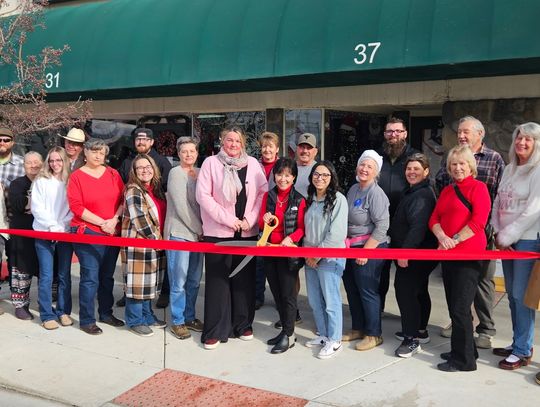


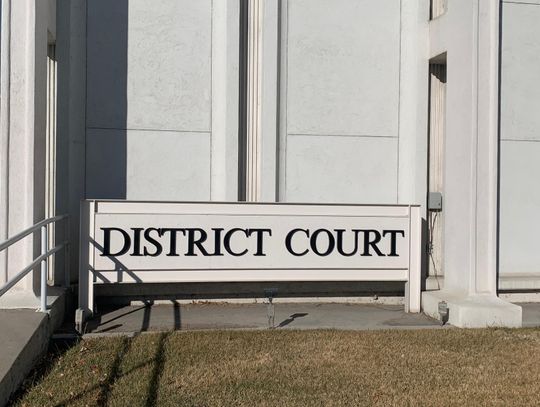


Comment
Comments